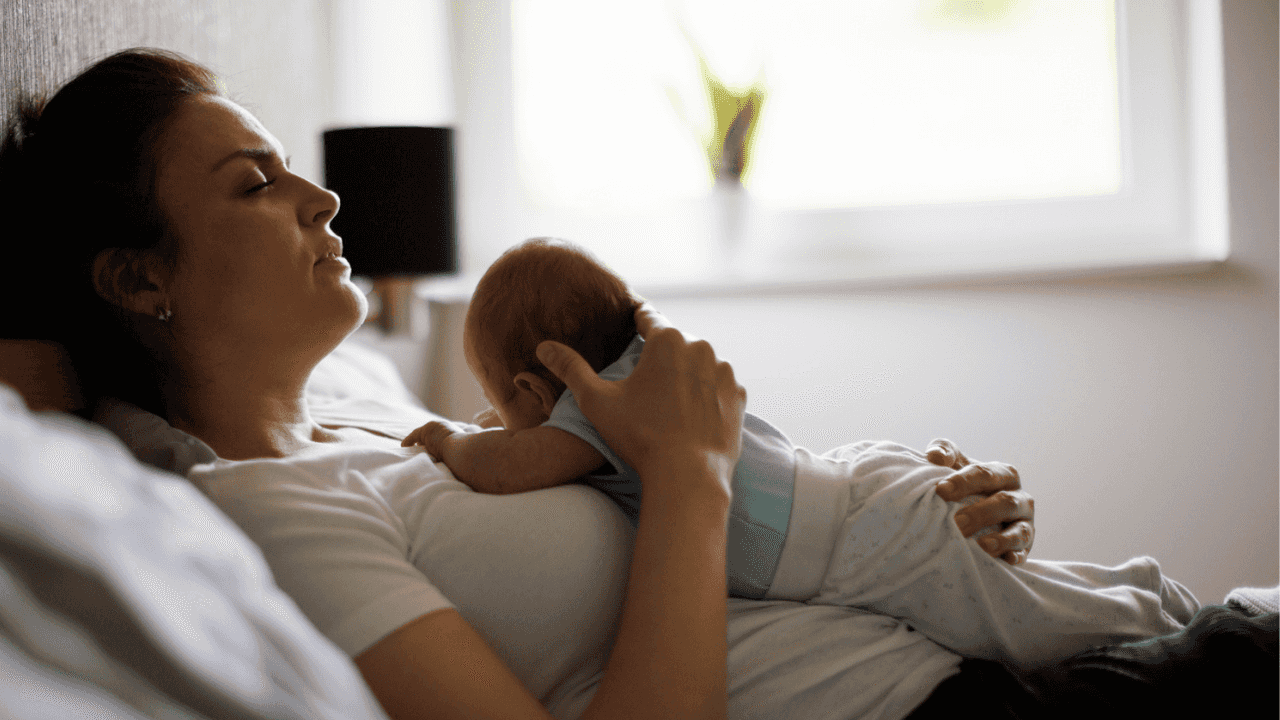

Share
14th March 2024
05:11pm GMT

Of course, it's not enough that you carried a baby for nine months and gave birth, you can still experience a whole host of aches and pains in the aftermath.
Cramping is definitely a thing in the days and weeks after delivery. Often, it has to do with your uterus returning to its normal size.
Other times, it may be a reason for concern so let's talk about them.

After delivery, the uterus contracts and shrinks back to its normal size.
As this happens, it can cause some lower abdominal cramps that are referred to as afterpains. These pains can feel like menstrual cramps.
For most people, they are at their most intense in the first week after giving birth.
However, the uterus can take as long as six weeks to return to its pre-pregnancy size, so you may feel afterpains throughout this period.
The pains will typically be stronger when your baby is breastfeeding as this stimulates the release of oxytocin, a hormone that triggers the uterus to contract.
There are other common causes of this cramping sensation.
If you are at all concerned by the pain you are experiencing, contact your healthcare provider.
You’ll likely have your first postpartum bowel movement within a few days of delivery, but you can also develop constipation. This may be caused by high progesterone levels in pregnancy, your diet (for example, low fibre intake), and lowered activity levels.
Constipation comes with cramping and sometimes you may just feel backed up or have some bloating and pressure.
To help relieve this you can increase your fibre intake, make sure you drink plenty of fluids and if you're cleared by your healthcare period, try some light exercise.

Postpartum stomach pain can also happen following a C-section birth.
It's common to experience mild cramping as the incision and internal wounds are healing. It's also normal to feel some pain or soreness around the incision.
The best thing to do for this is to get plenty of rest and don't put too much strain on your abdominal area.
A good rule of thumb is not to lift anything heavier than your baby.
Don't be afraid to reach out to friends and family during this time for extra help if you need it.
Though you can't stop your uterus from contracting, there are things you can do to ease the pain:
Explore more on these topics: